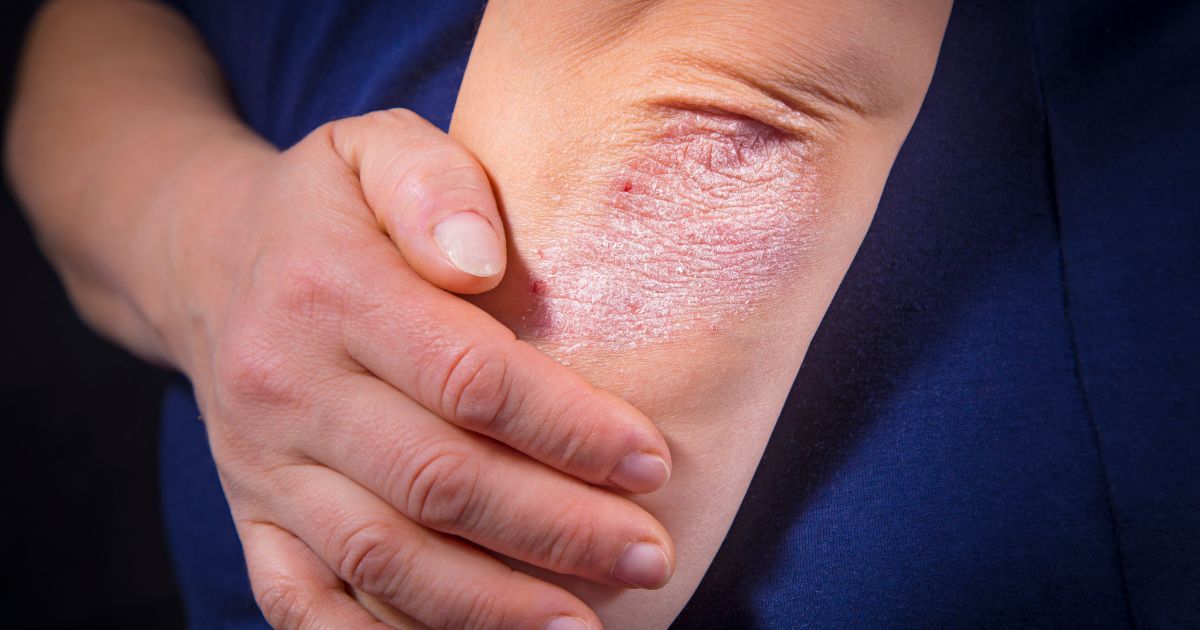Guide To The Causes And Risk Factors Of Bullous Pemphigoid
Psoriasis

Like bullous pemphigoid, psoriasis is an autoimmune condition that affects the skin, and it may trigger bullous pemphigoid for certain patients. Psoriasis accelerates the normal lifespan of skin cells, and this results in an abnormal, rapid accumulation of extra cells on the skin's surface. These extra cells form heavy, red scales known as plaques, and patients may also experience joint pain, thick or pitted nails, itching, and dry skin. This condition normally comes and goes in periods known as flare-ups, and some patients may have years in complete remission. To diagnose this disorder, doctors ask the patient about their symptoms and perform a physical exam of the skin, hair, and nails. In most cases, the physical exam provides sufficient information for the doctor to make a diagnosis. A skin biopsy may be used for confirmation.
Treatment options for psoriasis include topical corticosteroids, vitamin D analogs, anthralin, and topical retinoids. These medicines help decrease skin redness and inflammation, and they can also reduce the growth rate of new skin cells. Patients who have severe forms of psoriasis that have not responded to these treatments may need to try methotrexate, cyclosporine, biologics, or other systemic treatments.
Discover additional causes and risk factors of bullous pemphigoid now.